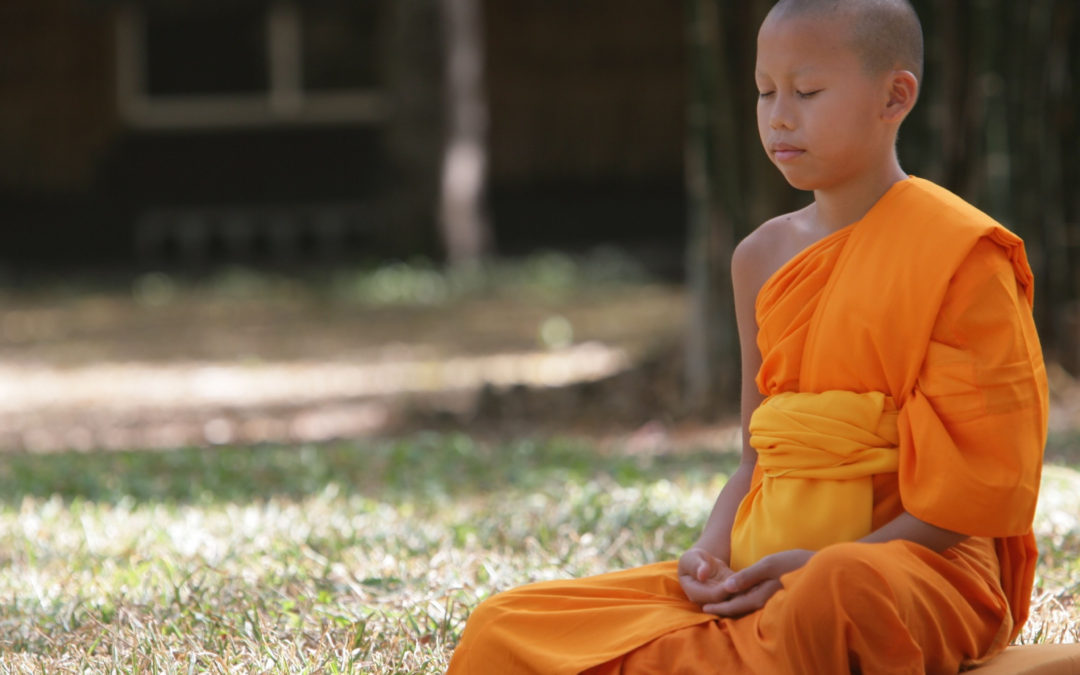Our brothers and sisters from Eastern spiritual traditions offer us the image of the yogi sitting in meditation: spine straight and erect, head and neck aligned with the spine, hands resting on the lap, eyes closed and the body so very still. It is a regal, graceful image of internal peace, dignified stability and gentle alertness. This image represents something larger than a meditative posture. It is a way of carrying ourselves, engaging life’s challenges, and living in the world. The yogi’s posture tells us to remember who we are — blessed children of God — and to remember that we have been loved into existence to live as gods who serve God in all things. Hold the image of the meditating yogi through all of your affairs; allow it to shape both your awareness and your behavior. The Bhagavad Gita captures the essence of this posture in these words:
“No weapon can pierce the soul; no fire can bum it; no water can moisten it; nor can any wind wither it. The soul is uncleavable [indivisible]; it cannot be burnt or wetted or dried. The soul is immutable, all-permeating, ever calm, and immovable — eternally the same. The soul is said to be imponderable, unmanifested, and unchangeable. Therefore, knowing it to be such, thou shouldst not lament!”
My deepest essence is ever-calm
and immovable,
eternally the same.






